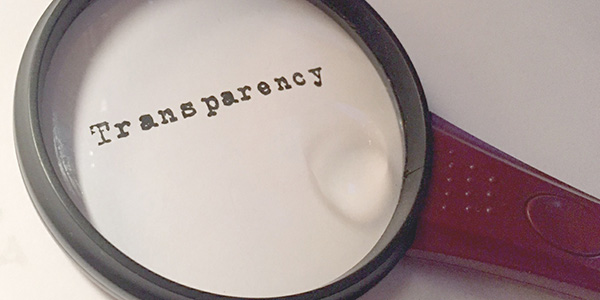In his post “Out of Sight, Out of Mind: Illegal Production and the Global Food Chain,” Jason Clay, Brink columnist and executive director, the Markets Institute at the World Wildlife Fund cuts to the chase:
“Which of us really knows where or even how our food is produced? Guess what? Many companies don’t either. This is one of the consequences of a more globalized economy linked to more specialized food systems.”
One takeaway from Clay’s article is that the cost of not knowing is tremendous. For starters, nothing plays a more critical role in your wellbeing than food. The thought of not knowing exactly what you’re ingesting—where it came from, how it was raised, when it was harvested, how it reached you, etc.—is preposterous. (Imagine swallowing a random handful of pills. You wouldn’t.) But the fact remains that the bottle on the store shelf labeled “olive oil” may not contain any olive oil.
Another takeaway is that a move toward greater food system transparency will take a massive global effort. The problem is as complex as it gets. In much of the world, food production operates under adverse working conditions. It strips the planet of resources and contaminates water and soil. It fuels widespread government corruption. The economic health of individuals, villages, communities and even countries is tied to the questionable food production practices.
Furthermore, it is estimated that 10 percent of the world’s food is adulterated—far greater percentages are seen in areas like seafood. This poses huge risks for companies along the supply chain, but so does probing for answers.
There is a ray of hope sandwiched in the middle of this compelling story. The most important takeaway of all is a reminder that consumers are the greatest force for change. One-by-one, individuals voting with their wallets can send the clear message that transparency in the global food chain is a must.

